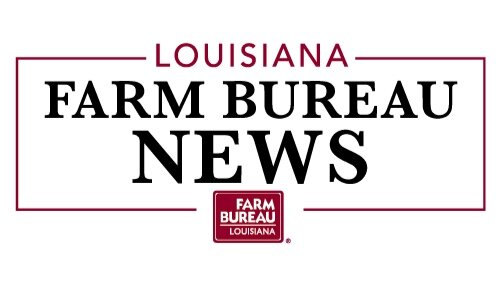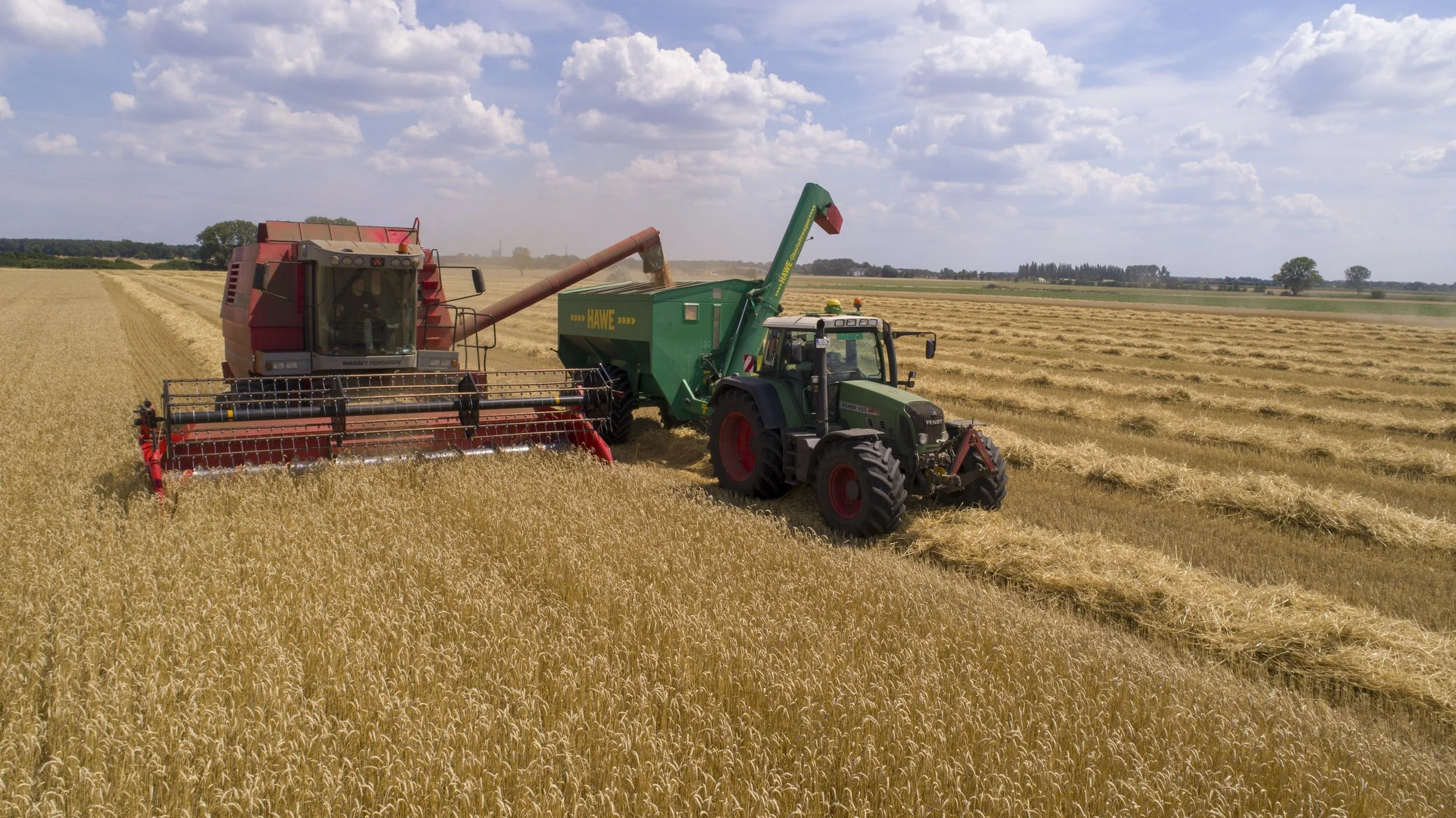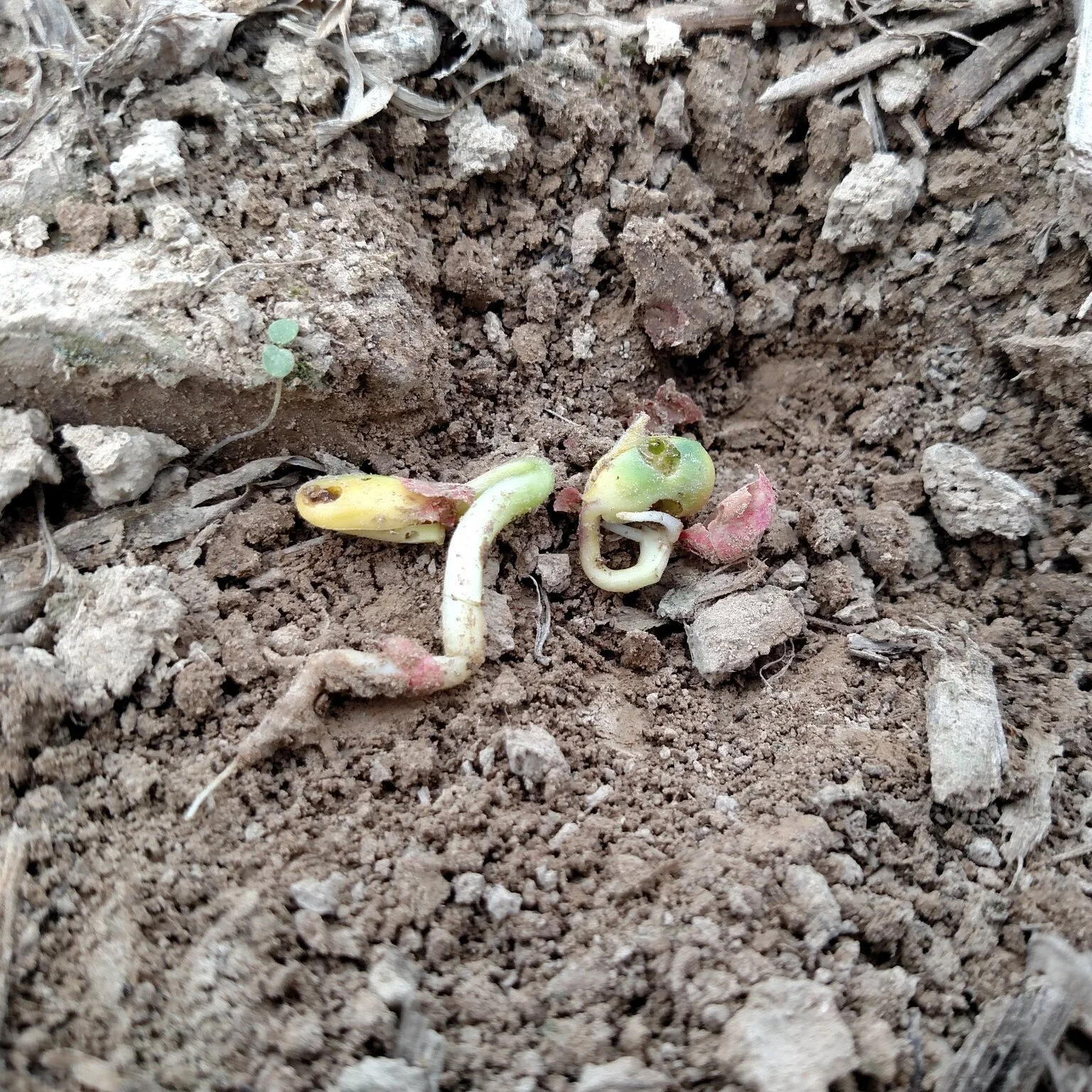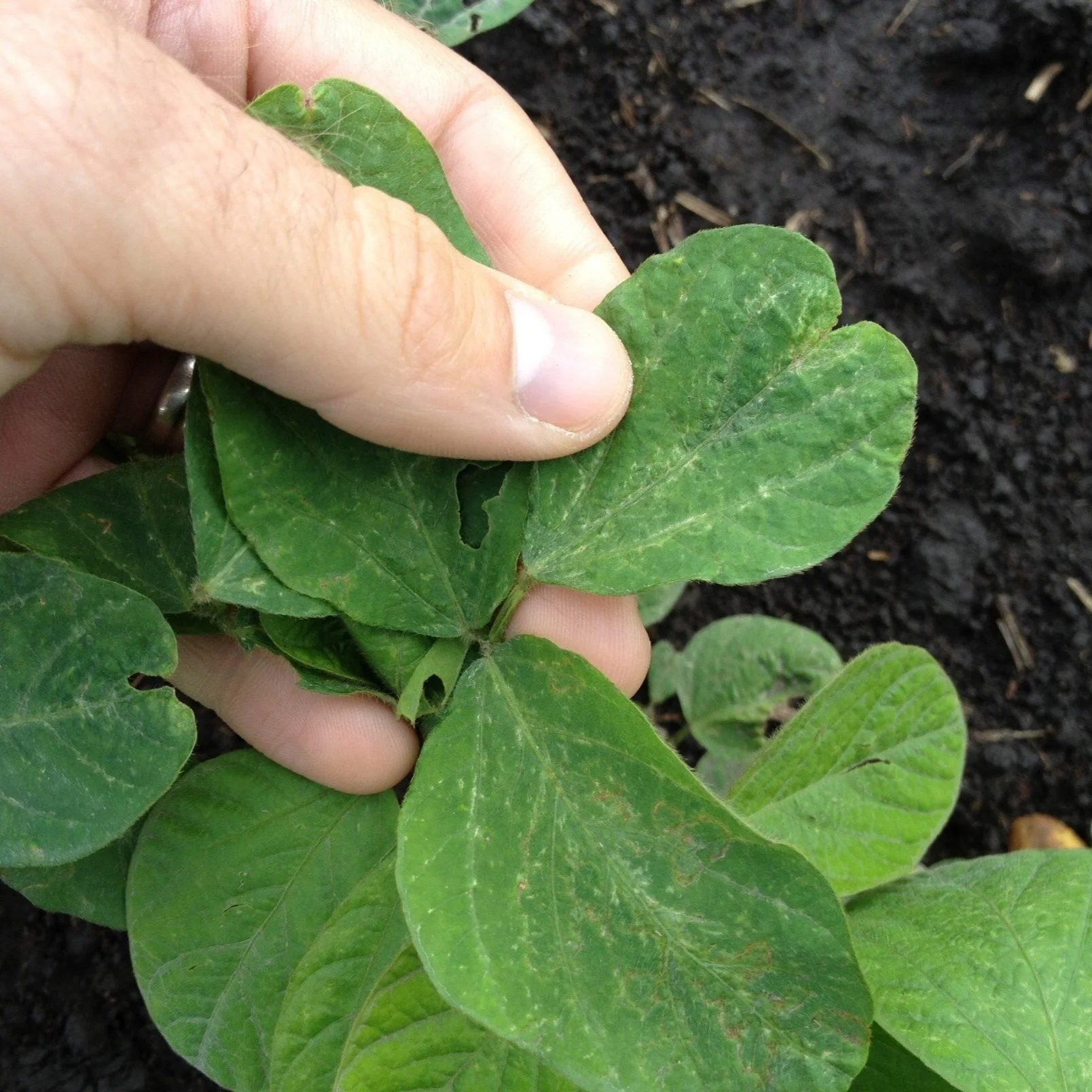New Grain Grading Training Plan Will Increase Farmer Confidence at Harvest Time
All graders working at grain elevators in Louisiana will be tested and certified for the 2021 harvest season following an announcement from the Louisiana Department of Agriculture and Forestry (LDAF).
Those graders will be trained, tested and certified by LDAF to uphold the standards set through the U.S. Grain Standards Act. The goal is to provide consistent and professional grain inspection and weighing services for producers, handlers processors, exporters, importers and end-users.
Read More
New Research Shows Strong Trust in U.S. Farmers
U.S. farmers rank as the most trusted members of the supply chain when it comes to ensuring its safety, taking the top spot in 78 percent of consumer responses, according to new research by the United Soybean Board. The results of the consumer survey sheds a light on the needs and perceptions of people nationwide about their food supply. Farmers’ dependability in regard to nourishing the world has not gone unnoticed.
“As the organization representing soy — the second largest crop grown on U.S. soil, one of the only widely available complete plant proteins and the most widely used edible oil in the country — we knew it was vital to understand the values of the very people who purchase the products our farmers grow,” said Mace Thornton, USB vice president of communications and marketing strategy. “The results not only reinforced the importance of current sustainability strategies our farmer-leaders put in place, but also revealed some key perceptions and desires among consumers that will help guide the way we communicate and engage on the benefits of sustainable U.S.-grown soy.”
Read More
LSU Student Identifies, Names New Fungus Species
An LSU graduate student has identified and named a new species of fungus that causes a devastating soybean disease, and the finding has been published in a scientific journal.
Read More
Soy Checkoff Research Shows Strong Trust In US Farmers
The United Soybean Board released the results of a consumer survey, shedding light on the needs and perceptions of people nationwide about their food supply. Farmers’ dependability in regard to nourishing the world has not gone unnoticed. U.S. farmers rank as the most trusted members of the supply chain when it comes to ensuring its safety, taking the top spot in 78% of consumer responses.
Read More
USDA Unexpectedly Raises Brazilian Soy Forecast
The March 2021 World Agricultural Supply and Demand Estimates (WASDE) report was largely expected to be a bit of a sleeper. But keeping true to form over the past year, USDA surprised markets by forecasting higher Brazilian soybean production instead of slightly lowering that total. The World Agricultural Outlook Board (WAOB) added 36.7 million bushels of output to Brazil’s soybean crop.
Read More
Effect of Cover Crop and Seed Treatment on Stand Establishment in Corn, Cotton & Soybeans
Cover crops can provide producers a variety of benefits including nutrient cycling , soil cover, nitrogen fixation and pollinator food sources. These cover crops come in many types, including grasses, legumes (mostly clovers) and brassicas (generally tillage radish and rapeseed). However, cover crops represent a “green bridge” throughout the fall and early spring that may facilitate the movement of insect pests and plant pathogens into above- and below-ground plant structures. Furthermore, cover crops may increase soil moisture and lower soil temperature compared with tilled fields at planting, resulting in more favorable conditions for seedling disease development.
Read More
March 15 Deadline Approaching for 2021 ARC and PLC Enrollment
March 15 is the deadline to enroll in the Price Loss Coverage (PLC) or Agriculture Risk Coverage (ARC) programs for 2021. Program enrollment, which farmers can do on a commodity-by-commodity basis, is required to participate in the programs this year. ARC and PLC are Title I commodity safety net programs established in the 2018 farm bill. For the 2021/22 crop year, farmers can change their coverage options from what they selected in 2019 for each of the commodities and base acres enrolled.
Read More
Weed Management Is Still Weed Management
LSU AgCenter weed scientist Dr. Donnie Miller says his research with Dual Magnum, Warrant and Outlook Residual herbicides has shown no real difference in weed management.
“Nor did we see a difference in our timing of applications,” says Miller. “We tried to limit our applications to two, where we put the materials down pre-emergence and we followed up later post-emergence with just RoundUp Plus, Xtend A Max or Enlist Duo an Enlist soybeans over the top.”
Read More
USDA Extends Application Deadline for the Quality Loss Adjustment Program
The U.S. Department of Agriculture (USDA) is extending the deadline from March 5 to April 9 for agricultural producers to apply for the Quality Loss Adjustment (QLA) Program because of recent winter storms and some clarifications to program rules. This program assists producers who suffered crop quality losses due to qualifying 2018 and 2019 natural disasters.
Read More
Herbicide Application Research On Louisiana Soybean Fields
LSU AgCenter/Extension Service Weed Scientist Dr. Donnie Miller has been studying Dual Magnum, Warrant and Outlook residual herbicides and how they affect soybean crops.
Read More
Renewable Diesel Boom Highlights Challenges in Clean-Energy Transition
Rising demand is creating both problems and opportunities across an emerging supply chain for the fuel, one small example of how the larger transition to green fuels is upending the energy economy. A renewable diesel boom could also have a profound impact on the agricultural sector by swelling demand for oilseeds like soybeans and canola that compete with other crops for finite planting area, and by driving up food prices.
Read More
Louisiana Soybean Inoculation
I am hearing that producers may plant soybean in fields that have not been planted to soybean during the last few years. Soybean plants have the ability to fix nitrogen, however, the seed should be inoculated with Bradyrhizobium japonicum bacteria when planting into fields that were not planted to soybean for the previous 3 – 5 years.
Read More
Crop Insurance Guarantees Soar
What a difference a year makes. In 2020, the spring crop insurance prices for corn, soybeans and cotton were near the lowest levels of the last decade. Now, on the back of strong export demand from China and smaller-than-anticipated old-crop inventories, crop insurance prices have experienced the largest year-over-year increase in more than a decade, helping to boost insurance protection for farmers as they prepare for the planting season.
Read More
February Louisiana Soybean Parish Estimates
This report contains the results from the 2020 December Agricultural and County Agricultural Production surveys.
Read More
USDA to Survey Farmers' Planting Intentions for 2021
As the 2021 crop production season begins, the U.S. Department of Agriculture’s National Agricultural Statistics Service (NASS) will contact approximately 1,100 Louisiana producers to determine their plans for the upcoming growing season.
Read More














